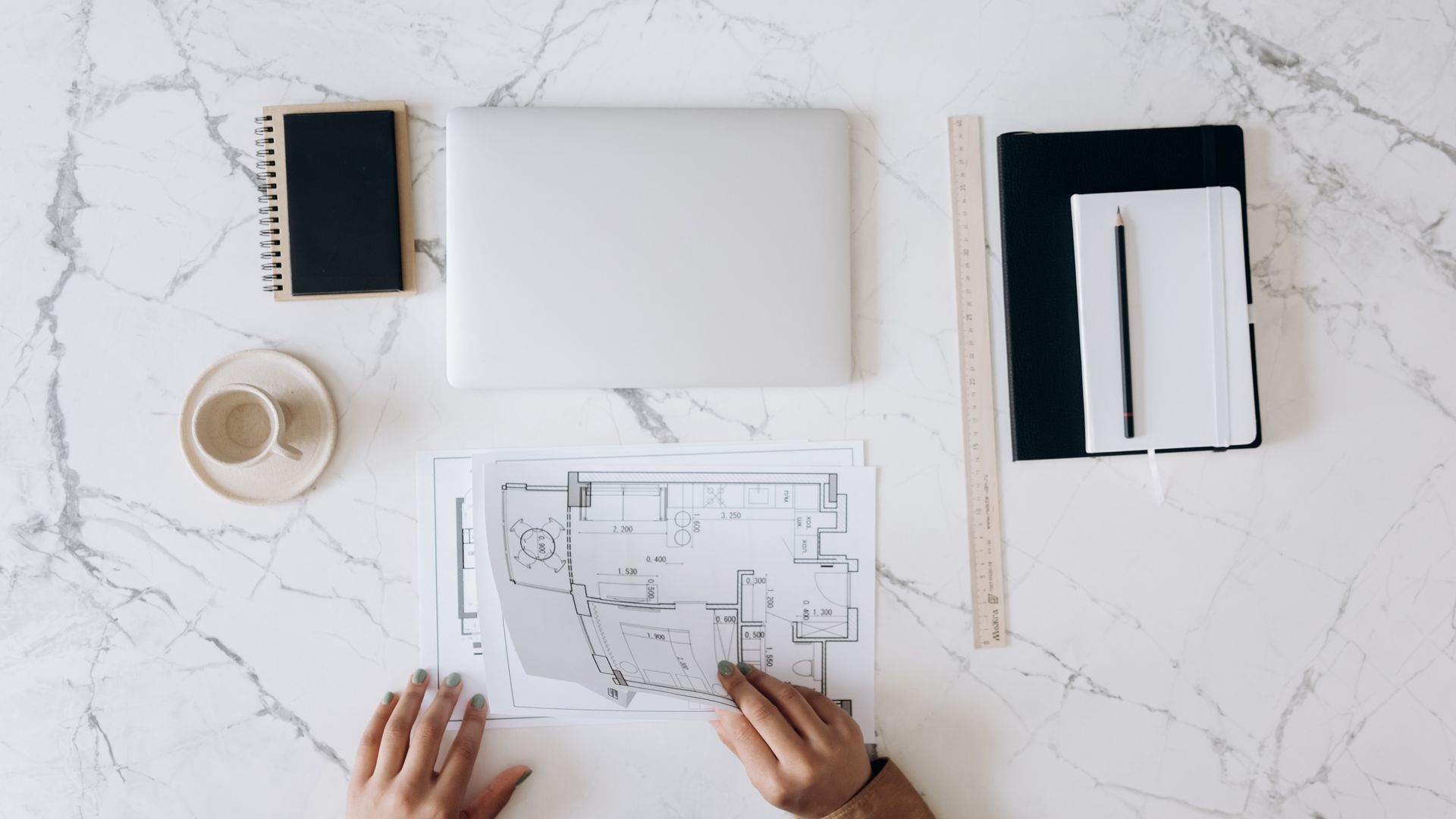Before buying an empty section to build a house on, potential land buyers should consider the following factors

1. Location:
Evaluate the location of the land. Consider proximity to amenities such as schools, hospitals, shopping centers, recreational activities and transportation options. Also, assess the neighborhood's desirability, safety, and potential for future growth.
2. Zoning and Regulations:
Understand the zoning regulations and restrictions that apply to the land. Check if there are any specific building codes, height restrictions, setback requirements, or design guidelines that may impact your plans.
3. Site Characteristics:
Assess the physical characteristics of the land. Consider factors such as topography, soil conditions, drainage, and any potential environmental constraints. Steep slopes, flood-prone areas, or protected habitats may require additional considerations or permits.
4. Access and Infrastructure:
Determine the availability and adequacy of access to the land. Assess the condition of roads, utilities (water, electricity, gas, sewage), and other necessary infrastructure. Consider the costs and feasibility of connecting to these services if they are not readily available.
5. Orientation and Views:
Evaluate the land's orientation and potential views. Consider the sun's path, prevailing winds, and how they may impact the design and comfort of your future home. Also, assess the potential for scenic views or natural surroundings.
6. Legal Considerations:
Conduct a thorough title search and review any legal documents related to the land. Ensure there are no encumbrances, easements, or disputes that may affect your ownership or use of the property.
7. Cost and Budget:
Determine the cost of the land and assess its value in relation to the local market. Consider your budget for purchasing the land and building the house. Factor in any additional costs such as site preparation, landscaping, or potential development levies.
8. Future Development:
Research any planned or potential future developments in the area. Consider how these developments may impact the value, livability, or desirability of the land.
9. Professional Advice:
Seek professional advice from architects, engineers, or land surveyors to assess the feasibility and suitability of the land for your intended use. They can provide valuable insights and help identify any potential challenges or opportunities.
10. Personal Goals and Lifestyle:
Reflect on your personal goals, lifestyle, and long-term plans. Consider how the land aligns with your vision for your future home and whether it can accommodate any specific requirements or aspirations you may have.
Conclusion:
By considering these factors before purchasing an empty section, potential land buyers can make informed decisions and ensure that the land is suitable for their intended use and aligns with their goals and aspirations. Contact us today to help investigate these matters in further detail to allow us to complete a feasibility study to provide you with the information that matters.



